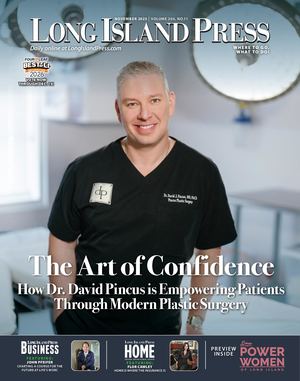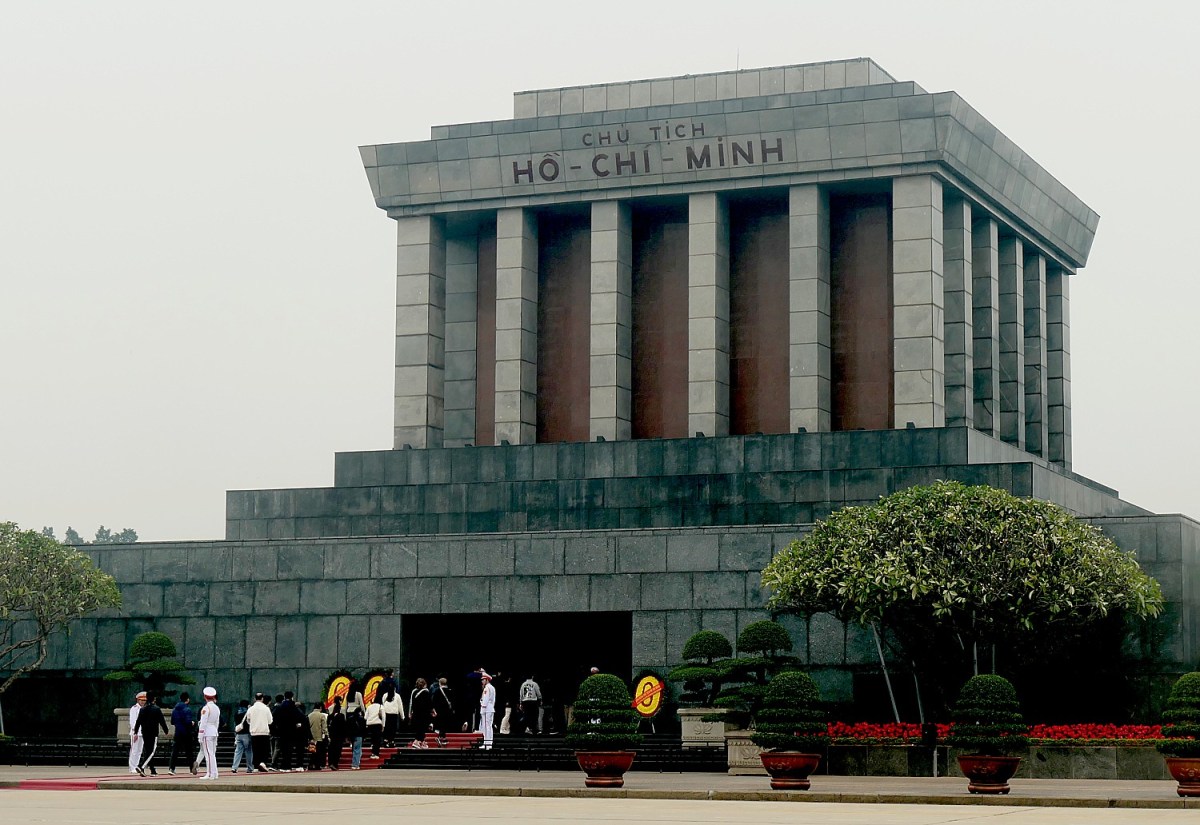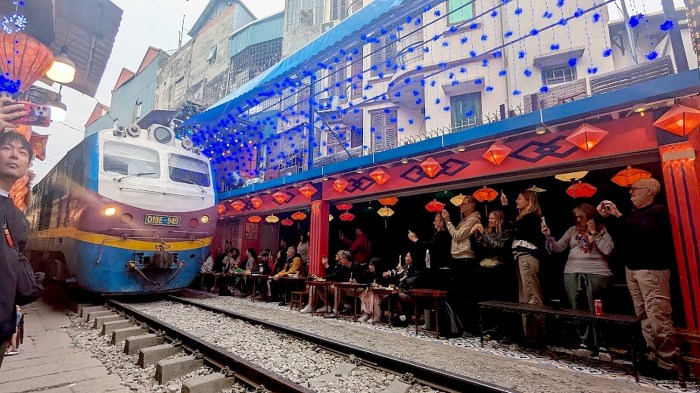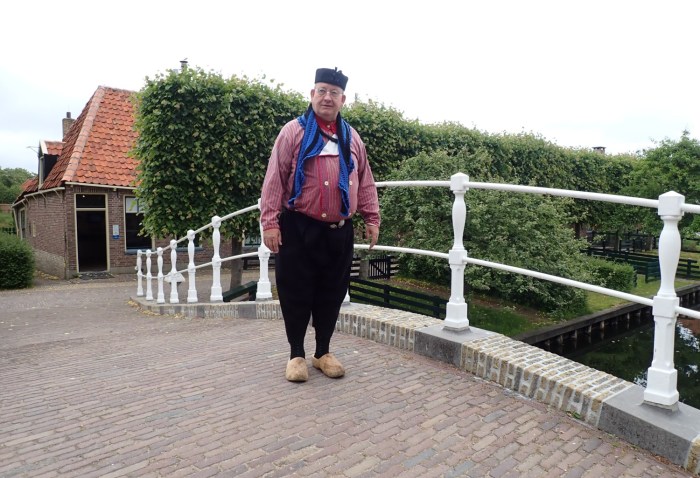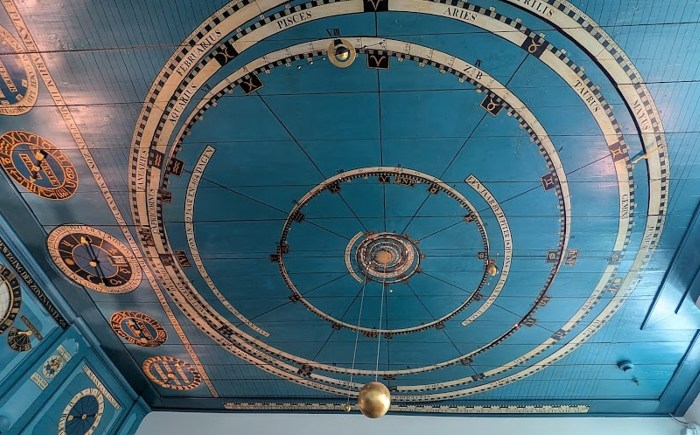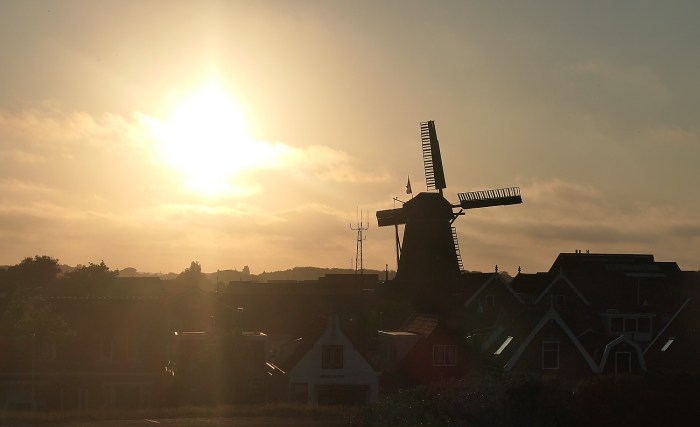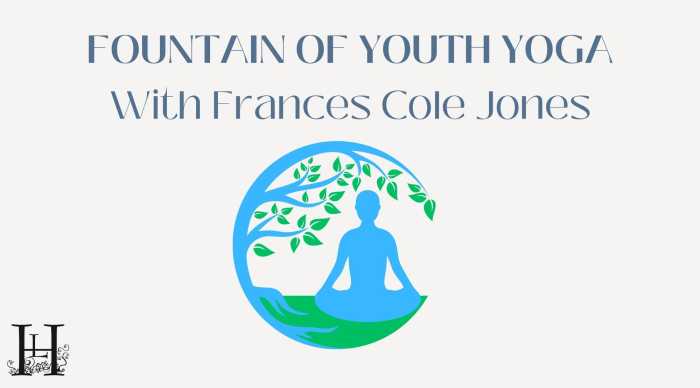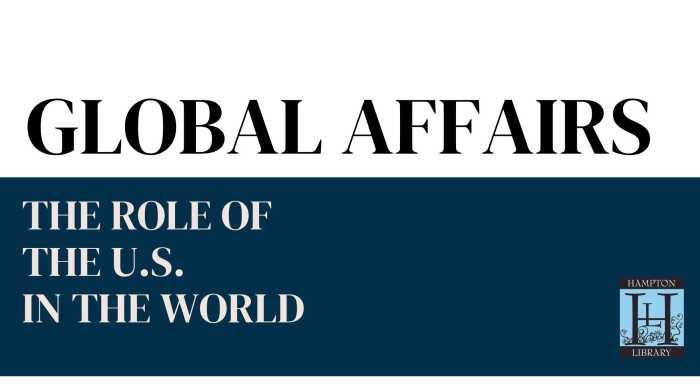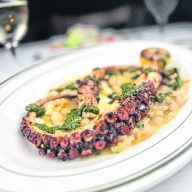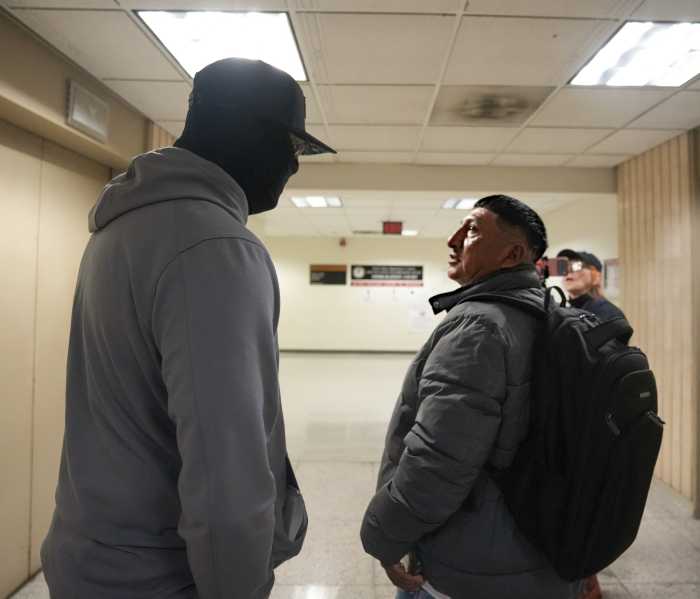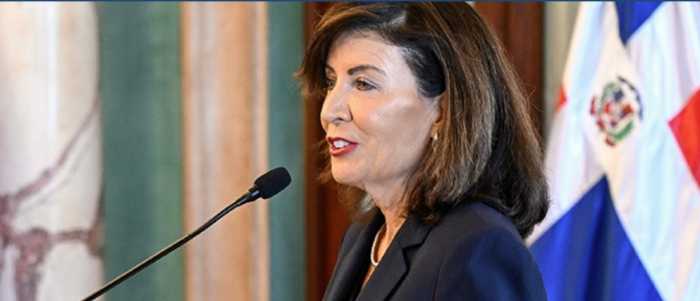By Karen Rubin, Travel Features Syndicate, goingplacesfarandnear.com
Visiting the Ho Chi Minh Mausoleum in Hanoi is a profound experience – revelatory, even. I had not expected to see the great liberator of Vietnam’s actual body, lighted from above. And shortly after, standing outside the Soviet-built mausoleum, I realize as we listen to our guide, Nguyen Hong Phong, that I had no actual understanding of who Ho Chi Minh was. Combing the recesses of my mind, I realize I saw Ho Chi Minh simply as the enemy and likely a brutal dictator (more like China’s Mao Tse-Tung). And even though I had lived through the Vietnam War (known here as the American War), I really hadn’t understood that either.
But here in Hanoi on Discovery Bicycle Tours’ Vietnam tour, I can see how Ho Chi Minh is justifiably venerated as a hero to his people – George Washington, Lincoln and FDR rolled into one. Visiting is like a pilgrimage with rules that accord him maximum respect. We walk up the stairs into the mausoleum, and slowly walk around his actual body, lit from above, as if he is merely sleeping – the still sleeping Liberator.
Ho Chi Minh, Phong tells us, “is the most respected in Vietnam. People changed their name to Ho. He is worshipped like a god in homes. He overcame the French, Japanese, Chinese and Americans for independence and freedom. Now we live in a peaceful country because of Ho Chi Minh.”
Coming back to the front of his mausoleum (built by the Soviets), Phong relates that Ho Chi Minh was born in 1890 into an educated family – his father was a Mandarin, working for a royal family. In feudal society, only men went to school and women stayed at home. He and his brother went to a French school.
He attended college in Saigon in 1911, studying culinary arts and applied to work as a cook in France. He wound up working on a ship, traveling to America, Britain, France, Russia and in 1928, went to China. Seeing the world in this way is what cultivated his revolutionary ideology and zeal to liberate Vietnam from foreign imperialists. On Feb 3 1930, he gathered party leaders and set up the Communist party.
“What he really learned was the importance of making Vietnam independent. He left Vietnam to learn enough about the French to kick them out,” Phong tells us.
He returned to Vietnam in 1941, having been away for 30 years. In 1944, Ho Chi Minh and General Japp (also a national hero) set up the Viet Minh, to resist foreign occupation by theFrench and Japanese during World War II.
When the Japanese and the French (who had occupied Vietnam since 1868, introducing Roman alphabet to replace Chinese characters the people used for 1000 years) left in 1945 at the end of World War II, on Sept 2, 1945, Ho Chi Minh declared the independent Democratic Republic of Vietnam. But after only one year, in 1946, the French attacked, forcing Ho Chi Minh into the mountains and retaking control.
“He wanted peace and agreed to divide the country in two for two years. They agreed to divide along the 17th parallel. It was supposed to be temporary. Five million people (mostly Catholic), fled south while one million southerners moved north. Then there was supposed to be national elections.”
But the US blocked the election (claiming concern for a “domino effect” of Chinese-led Communism spreading across IndoChina) and set up a puppet government in the south

When the war ended in 1975, Vietnam was united under the Communist regime.
The South Vietnamese who worked for the Americans were terrified of retribution and left (they were the “boat people”)
But Vietnam was still not at peace. China set up a new government in Cambodia that attacked South Vietnam. Fighting continued from 1979-1988.
Vietnam has only had real peace since 1988.
In 1986, the government implemented a “revision policy”: “We close the past, and look to the future,” Phong tells us. “The state still owned industry but allowed people to own their own businesses, allowed private enterprise and open markets. The rice fields were divided so you worked for yourself.”

From the mausoleum, we visit the complex where he lived – the Presidential Palace taken over from the French (Ho Chi Minh refused to live in it and only used the palace as an office and to receive dignitaries). Instead, from 1944-48 he insisted on living in a modest one-bedroom house, then moved to a house on stilts (reminiscent of where he lived with a Thai family), which again, was absolutely beautiful, but very modest.

In 1967, Ho Chi Minh became sick with lung cancer and was moved into another house, steps away from his house on stilts. This one looks camouflaged like a bunker, and was connected to underground bunker because by then, the US was bombing Hanoi. When he died in 1969, at the age of 79, the location of his body was kept secret and moved multiple times. His body was kept inside a cave until 1973, when the US left, and then asked Russia to build a complex. Until 1977, they moved his body nightly, keeping the coffin hidden underground. Peering through the windows of his homes provides a window into who Ho Chi Minh was in life.

Before we leave the complex, we visit the One Pillar Pagoda, which dates back to 1049. The French destroyed it in 1954, but the Vietnamese rebuilt it in 1955. There is a billboard that lays out the moral “do’s” and ”don’ts” of Buddhist/Confucian/Taoist society.
If I had questioned how Americans would be received in Vietnam, I soon get my answer standing in front of a monument to John McCain at the lake where McCain’s plane was shot down in 1967. McCain began six years as a prisoner in the dreaded Hoa Lo Prison, infamously known as the “Hanoi Hilton” – famously refusing to leave until his comrades were also freed. (We don’t get to visit but today it is a historic museum which has an exhibit devoted to the American prisoners, but is mostly showcasing French colonialism, see “Museum Hopping and Shopping in Hanoi”). The monument dates from 1992, when John McCain became one of the first Americans to come to Vietnam to heal relations; President Bill Clinton established relations in 1993 and helped revive Vietnam’s economy.
In December 1972, American B52s bombed Hanoi, surrounding villages and hospitals. As we look around Hanoi today, there is little evidence of that.
If Vietnamese still resent Americans you do not feel it at all. When I ask our guides about that, I am told “We are a Buddhist country. We do not look to the past; we look to the future.” If anything, though, there is still resentment between North and South Vietnamese, similar to the cultural divisions that remain between north and south since America’s civil war.
“The Vietnamese love Bill Clinton, the first US president to visit after the war, and we love John McCain. The United States is one of seven countries with the best relations,” Phong says – US, France, Australia, and Russia. “We close the past and look to the future.” Interestingly, considering one of the excuses for the US to enter the Vietnam War – the “domino theory” that China would take over IndoChina – is that Vietnam is wary of China, which had dominated Vietnam for 1000 years. “Local people feel cautious about China’s ambition to invade.”

It is our second day on Discovery Bicycle Tours’ 12-day Vietnam tour, and we’ve come to the Mausoleum after stopping first at the bike rental shop owned by Mr. Trung, a 70-year old former national champion and president of the Giant UNCC (he poses with us and shows magazines that feature him), where we are fitted for bikes that we will use in Ninh Binh, Hue and Hoi An.

From here, we drive a couple of hours to the Thung Nham Ecotourism Zone (I enjoy looking out to the scenery, how soon we find ourselves amid rice paddies and farms). It is sunset when we are taken by traditional boat into a bird sanctuary. Flocks of birds – storks, herons, teals, tropical starlings – take their positions in the tree tops over the Thung Nham wetland. There is a stunning resort set within the preserve, all the more gorgeous as lights and lanterns come on as the sun sets.

It’s another 45 minutes drive to Emeralda Ninh Binh Resort, a fabulous five-star resort where we will stay for two nights.

Discovery Bicycle Tours, 2520 W. Woodstock Rd., Woodstock, VT 05091, 800-257-2226, 802- 457-3553, info@discoverybicycletours.com, www.discoverybicycletours.com
Next: Ninh Binh: A Boat Ride Through Caves, Bike Ride To Temples
_________________
© 2025 Travel Features Syndicate, a division of Workstyles, Inc. All rights reserved. Visit goingplacesfarandnear.com and travelwritersmagazine.com/TravelFeaturesSyndicate/. Blogging at goingplacesnearandfar.wordpress.com and moralcompasstravel.info. Visit instagram.com/going_places_far_and_near and instagram.com/bigbackpacktraveler/ Send comments or questions to FamTravLtr@aol.com. Bluesky: @newsphotosfeatures.bsky.social X: @TravelFeatures Threads: @news_and_photo_features ‘Like’ us at facebook.com/NewsPhotoFeatures
